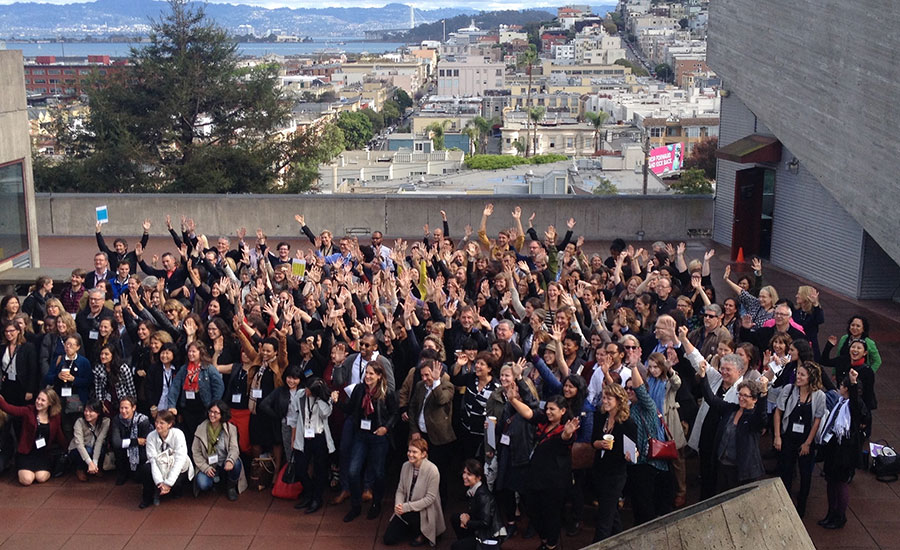As shockwaves from President Donald Trump’s action to bar entry of citizens from seven Muslim-majority countries reverberated through the U.S. this weekend, the American Institute of Architects (AIA) took steps to make the design profession more diverse.
On Monday, a special AIA task force released a list of recommendations intended to pave the way to a more inclusive field, calling such efforts “an ethical and moral obligation.”
“In order to achieve equity in the built environment, the architecture workforce needs to reflect the rapidly changing demographics of those people we are charged to serve,” wrote architect Rosa Sheng, one of the Equity, Diversity, and Inclusion Commission’s members, in the report.
The 17-member Commission worked for 14 months on the report, which builds on findings from a 2015 study, “Diversity in the Profession of Architecture.”
The 2015 survey yielded dour—albeit expected—results. Among other findings, the report showed that less than 2 percent of AIA members are black, and that 70 percent of women members surveyed believe they are not represented equally in the field.
The new report identifies five “keystones” themes and recommends 11 concrete actions the AIA should take within those categories. According to Emily Grandstaff-Rice—the Commission’s chair—the AIA will begin to implement the recommendations within the next three years.
The first item on the Commission’s recommendation list is to make equity, diversity, and inclusion a priority for the AIA’s board of directors. “By consistently considering [these issues], the Board and Council will ensure that future efforts are evaluated for their societal impact and ability to bring people together,” the report says.
Several of the report’s other 11 recommendations emphasize the importance of collecting and tracking data within firms and the AIA more broadly, in addition to developing diversity assessment tools for practices. The commission also called for the introduction of equity training programs and for raising awareness of the profession in underserved communities.
To its credit, the AIA has already made some important strides. Paul Revere Williams became the first African American architect to receive the AIA’s Gold Medal in December. But it is clear that the profession—in the report’s words—is still in need of a “redesign.”
Read report’s executive summary here.



